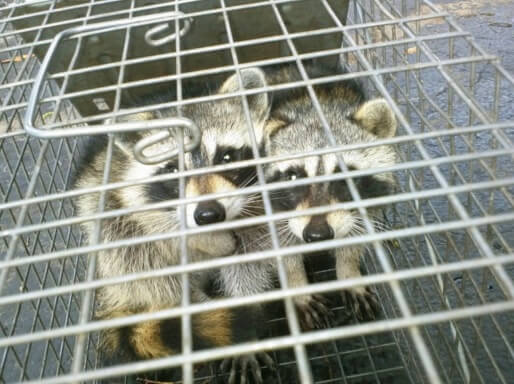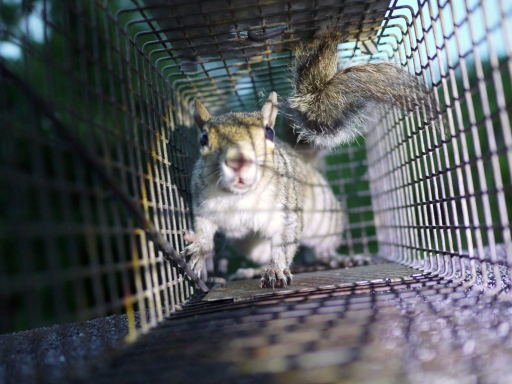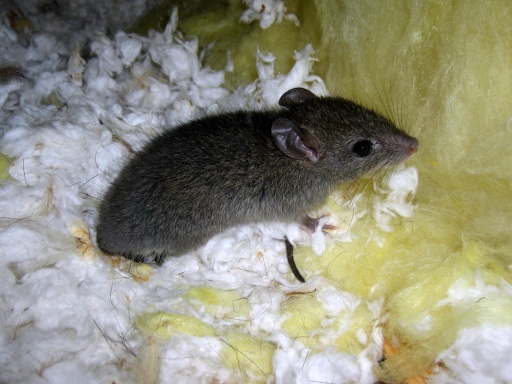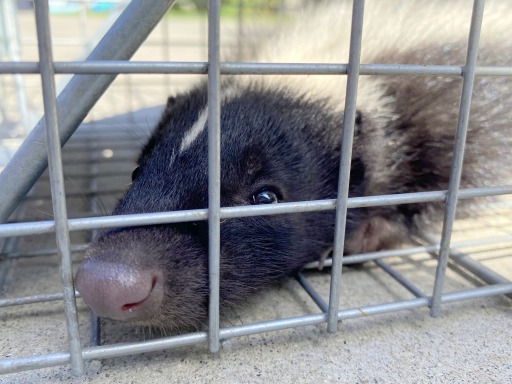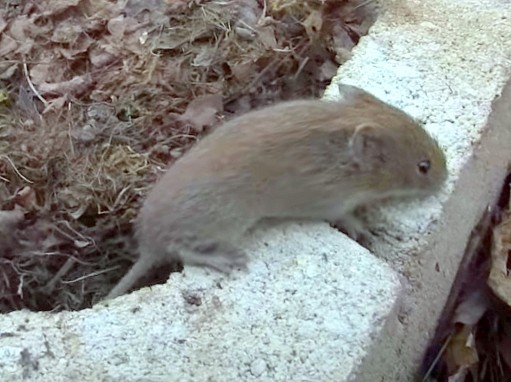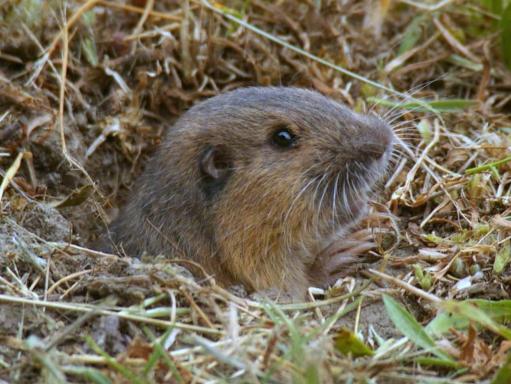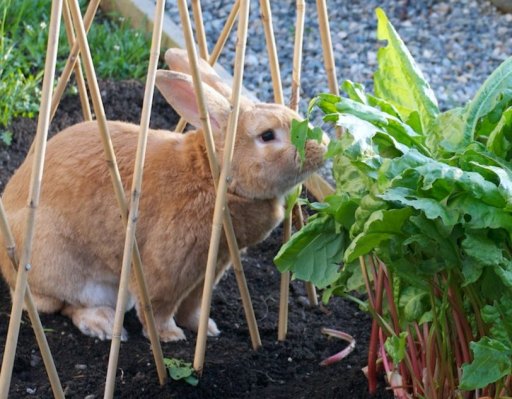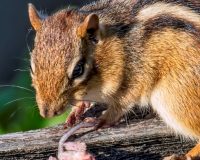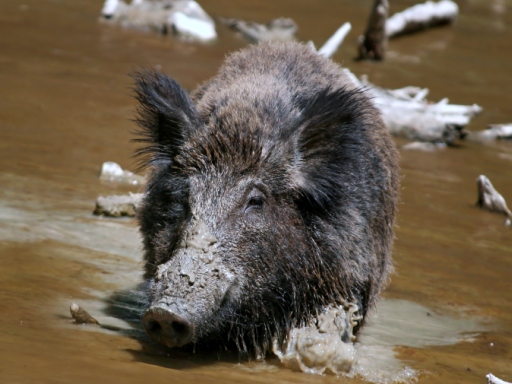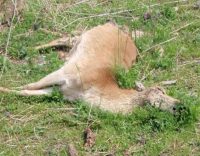Prevention
Why is Prevention So Important?
Taking preventative measures to keep unwanted wildlife out of your home and property is something that needs to be done after wildlife has invaded your space, but it is also beneficial to implement some preventative strategies even if you have seen no animals around.
Keeping wildlife out of your home and property is a goal that most people follow and try to implement in their homes, but many of us may not realize how important it actually is. Animals can be a nuisance because of noise and the fright factor, but they can also be incredibly dangerous to humans and our health. The animals themselves can carry all sorts of parasites, bacteria, and diseases. Their feces and urine contain those health hazards as well. The animals and defecation may seem far away or in a remote part of your home, but the remnants of those animals can sometimes become airborne and affect all areas of your home.
Outside of bacteria and airborne hazards, many of the wild animals that make themselves comfortable in your home can carry rabies. Over 90% of the rabies cases in the United States are reported to be wildlife. The most common wildlife members that carry rabies are raccoons, skunks, bats, and foxes.
Pets and livestock are able to contract rabies as well as humans. This usually happens if they were not up to date on vaccinations. When your pet contracts rabies, it is usually because of contact with wildlife around the home.
Bats have the ability to find their way into your home as well, and bats are the leading cause of rabies deaths in the United States. Seven out of ten people who contract rabies in the United States contract it from contact with bats. Bats are smaller wildlife and therefore their bites or scratches are smaller. This makes it harder to notice if you could have possibly been infected.
While the number of actual cases of contracted rabies in humans is small in the United States, over 50,000 Americans have to get Post-Exposure Prophylaxis each year. PEP is a dose of multiple vaccines that are needed to get if you have been exposed to rabies, bitten, or scratched.
Both urban and suburban areas are seeing an increase in the number of animals around the community and for some homeowners, it is the first time they have encountered certain members of the wildlife family. Because of this, many people may not know how to prevent wildlife, handle it after it has invaded the home, or even why wildlife is attracted to their space in the first place.
What Attracts Wildlife to Homes in The First Place?
During the winter months, wildlife will wander and find themselves closer to homes and communities. Wildlife appreciates the warm climate inside of your home. They’re looking for shelter from the cold and for some warmth and your house is the perfect spot. If you have a crack, hole, or some other opening in your house, it just looks like an invitation to a warm rest from the cold. If your home is near a natural habitat, the animals are already in the general area.
Natural habitats can be many things. They can be golf courses, rivers, parks, forest preserves, creeks, vacant buildings, or even just a large wooded area. If you have mature trees in your yard, you can find smaller wildlife there.
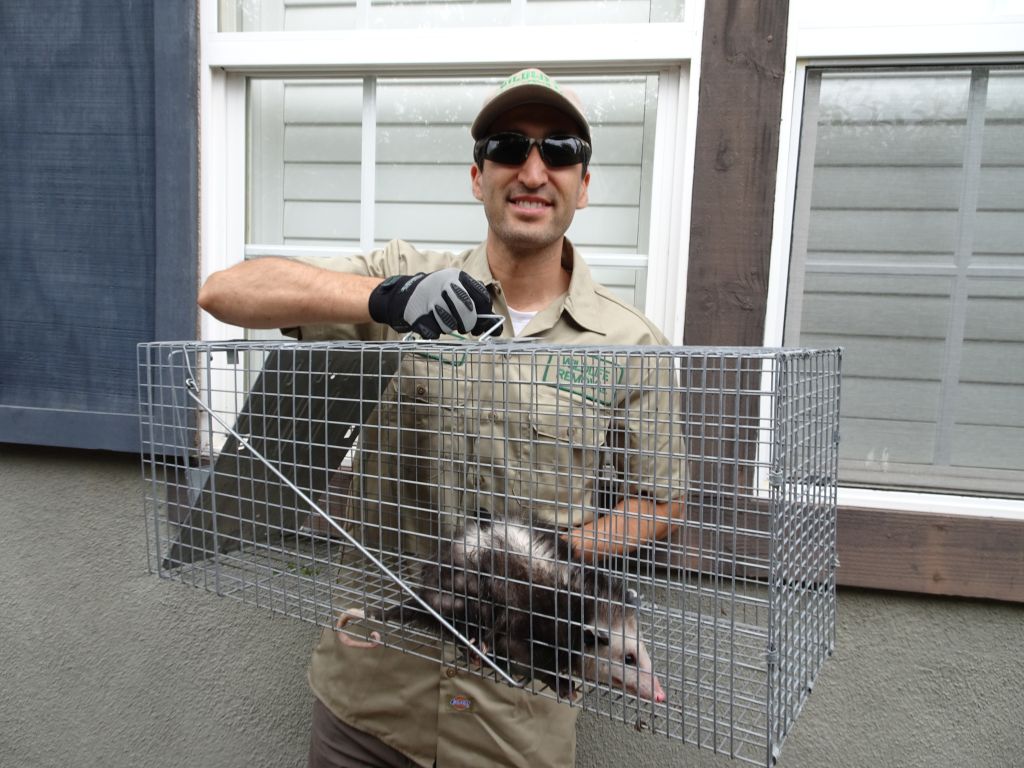

This food attraction can overlap with your garbage and trash. Making sure your trash is securely tightened and not loosely sitting in front of your house will assist in not drawing in animals. Wild animals are not exactly picky eaters and the trash sitting open in front of or next to your house will be just as enticing as the food inside. It will keep them around the perimeter of your home. This can give them the motivation to stick around and look for ways to get inside.
If you have trees with fruit in your front or backyard, it can be helpful to dispose of rotten fruit when it falls. Leaving it around the base of the tree can seem like another invitation to visit your home and space. Trees are also an easy way for certain members of wildlife to gain access to the roof or upper parts of your home, so keeping your trees trimmed and away from the top of your house will make it harder to access.
Outside sources of water can attract wildlife as well. Animals need it just as much as any of us and a birdbath or dog bowl of water is an easy and available source. Homeowners do not necessarily need to eliminate these items from their yard completely, but finding ways to keep them far enough away from the house could be beneficial if you are trying to keep certain members of wildlife away from your home.
Deciding where to place certain yard items, like a birdbath, along with the general arrangement of your yard and landscaping can have an impact on what type of wildlife visits or how much wildlife is able to come onto your property. Fencing can be a possible deterrent and certain plants or brush can attract or deter certain groups of wildlife.
Repairs Aid Prevention
Repairs to your home do not just have to take place after the damage has been done. Sometimes, the damage will already be there when you move in, or your home might have some minor defects that were created when the home was built. Repairs after animals have damaged your home and repairs completed before any damage is done by animals can both be seen as prevention.
Scoping out the perimeter of your home is important to find cracks, holes, or other damage/defects that could be easy access. It is important that when you find these areas of damage or defect that you fix or repair them with quality materials. Using a thicker mesh instead of thinner metal mesh to help seal up a hole or crack can make all the difference. This is true even if it is being used as a method of prevention and not necessarily repair.
When you are inspecting the outside of the home for weak or damaged areas, be sure to check soffit vents, the chimney, and other vents as well as your roof. Repairing damaged vents is necessary even outside of animal prevention and repair. Keeping up with that task and adding vent covers and steel screens on top of them can help prevent any invasions of those areas.
Your roof should be checked as well. Repair all holes, cracks, or damage, and make sure there is no space between parts of the roof and house. Seal up all spaces, as even minuscule cracks can be used as leverage and assistance to find a way inside of the space.
Make sure your attic and basement are always clean and dry. Accumulating water can create mold and odor in the space. Odors draw in animals and any water or wet area could potentially be used as a source of drinking water as well. Additionally, checking your basement and attic before, during, and after winter can help you stay aware of any current visitors or a cause for potential visitors during those cold months.
Prevention can be as important as repair and the two can often overlap. If prevention is completed properly, homeowners can often avoid the removal, sanitation, and repair tasks that need to be completed after wildlife has made the human’s home a temporary home for themselves. Wildlife prevention can also be found in thorough sanitation and exclusion. Making sure the space is thoroughly sanitized prevents odors and other remnants that can continue to attract the same animals or bring in new ones.
Prevention should be the key mindset in all steps of the process after an animal invasion and it is important even if you have not had any animals residing in your home yet. All homeowners can fall victim to animal visitors. Preventing and making sure your home is not a hospitable space for them is a way you can keep your home visitors limited to those that have been invited.
